
The microphone sports what Logitech calls a micro pop filter, essentially a small piece of cloth covering the opening at the tip. You also get a red LED indicator, helpfully just visible in your peripheral, to tell you when it's muted. Sound quality here proved good; my voice was clear, distinct, and very much in the foreground even when there was lots of background noise.
The main advance Logitech boasts about is the new set of in-house developed drivers. Known as Pro-G Drivers, they use a newly developed hybrid mesh material designed to counter the unwanted effects of constantly pushing and pulling on less flexible materials with different frequencies. Of course, what really matters is how they sound, and Logitech's efforts appear to have paid off for the most part. Sound quality is great, although we wouldn't say it's revolutionary. Flicking through my usual test tracks, I noted that all frequencies came through evenly and with clarity. Vocals sounded natural, and sub-bass notes were handled well too. Heavy metal songs with crowded mid-range elements were well defined instead of muffled, although I still don't think I'd pick the G533 over the ever-excellent HyperX Cloud on the basis of sound quality alone – there's a crispness and clarity there that few headsets are able to match.
A downside of wireless headsets is the tendency to be able to hear the sound of the wireless hardware. Unfortunately, Logitech hasn't managed to avoid this; there's a slight but obvious electrical noise in the right earcup whenever the headset is on and connected, and it worsens when the microphone is activated – I recommend reducing its sensitivity. During music tracks or loud action scenes, I couldn't make it out, but at lower volumes in calls and quiet dialogue-led sequences, it was still a distraction.
Virtual surround sound is provided with Dolby DTS Headphone:X, which we've seen before in the Turtle Beach Ear Force Z60. I don't tend to rate such technologies highly, but this does appear to be a cut above the rest. In films and games with proper surround mixing, there's a clear benefit to using it. You get a great sense of scale, and a better awareness of direction, although it isn't game-changing in the sense of suddenly giving you the ability to pinpoint where things are – it does help, though. However, the usual caveat of it being terrible when trying to remix stereo content like music applies – it doesn't work and sounds awful.
The Logitech Gaming Software manages the headset, allowing you to create per-profile settings for specific games or just global ones. You're able to program what the G-key on the left earcup does to all manner of things (toggling surround on and off seemed most useful to us), monitor battery levels, set EQ settings and levels, and play with the surround sound settings, including levels for individual channels. It's intuitive and fast, so no complaints here.
The main advance Logitech boasts about is the new set of in-house developed drivers. Known as Pro-G Drivers, they use a newly developed hybrid mesh material designed to counter the unwanted effects of constantly pushing and pulling on less flexible materials with different frequencies. Of course, what really matters is how they sound, and Logitech's efforts appear to have paid off for the most part. Sound quality is great, although we wouldn't say it's revolutionary. Flicking through my usual test tracks, I noted that all frequencies came through evenly and with clarity. Vocals sounded natural, and sub-bass notes were handled well too. Heavy metal songs with crowded mid-range elements were well defined instead of muffled, although I still don't think I'd pick the G533 over the ever-excellent HyperX Cloud on the basis of sound quality alone – there's a crispness and clarity there that few headsets are able to match.
A downside of wireless headsets is the tendency to be able to hear the sound of the wireless hardware. Unfortunately, Logitech hasn't managed to avoid this; there's a slight but obvious electrical noise in the right earcup whenever the headset is on and connected, and it worsens when the microphone is activated – I recommend reducing its sensitivity. During music tracks or loud action scenes, I couldn't make it out, but at lower volumes in calls and quiet dialogue-led sequences, it was still a distraction.
Virtual surround sound is provided with Dolby DTS Headphone:X, which we've seen before in the Turtle Beach Ear Force Z60. I don't tend to rate such technologies highly, but this does appear to be a cut above the rest. In films and games with proper surround mixing, there's a clear benefit to using it. You get a great sense of scale, and a better awareness of direction, although it isn't game-changing in the sense of suddenly giving you the ability to pinpoint where things are – it does help, though. However, the usual caveat of it being terrible when trying to remix stereo content like music applies – it doesn't work and sounds awful.
The Logitech Gaming Software manages the headset, allowing you to create per-profile settings for specific games or just global ones. You're able to program what the G-key on the left earcup does to all manner of things (toggling surround on and off seemed most useful to us), monitor battery levels, set EQ settings and levels, and play with the surround sound settings, including levels for individual channels. It's intuitive and fast, so no complaints here.
Conclusion
As a wireless headset, the Logitech G533 has many strengths. Firstly, the range and battery life, which are obviously key, are excellent. Sound quality of the headphones and microphone is strong too, and it's a comfortable headset to wear for extended sessions. The surround sound technology is also pleasant, at least with the right media, and the physical and software controls are both well thought out. My only real complaint, therefore, is the faint electrical noise that comes through, but it's easily drowned out and thus only really a problem when the headset isn't playing anything, at which point you can just take it off. £140 isn't bad value at all either once the wireless is taken into account, so it easily earns its Recommended badge.

MSI MPG Velox 100R Chassis Review
October 14 2021 | 15:04

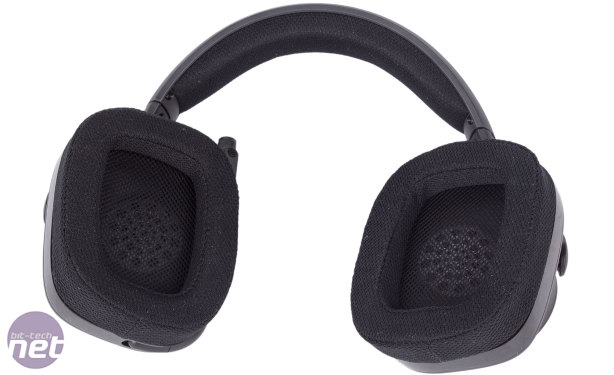
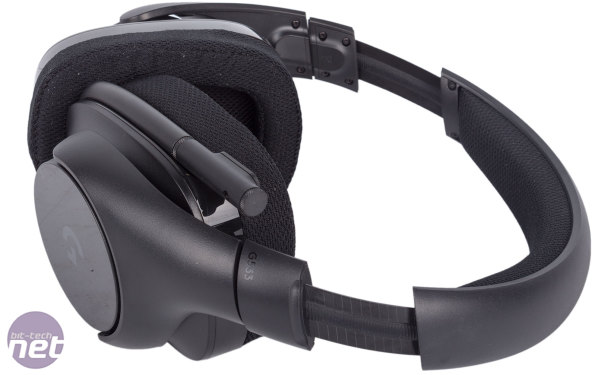

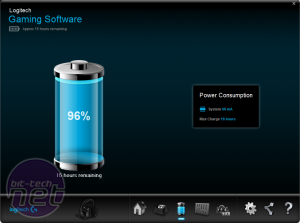
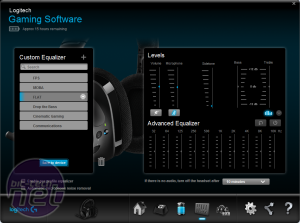

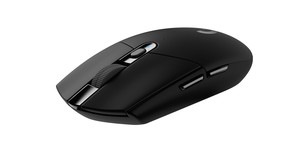






Want to comment? Please log in.